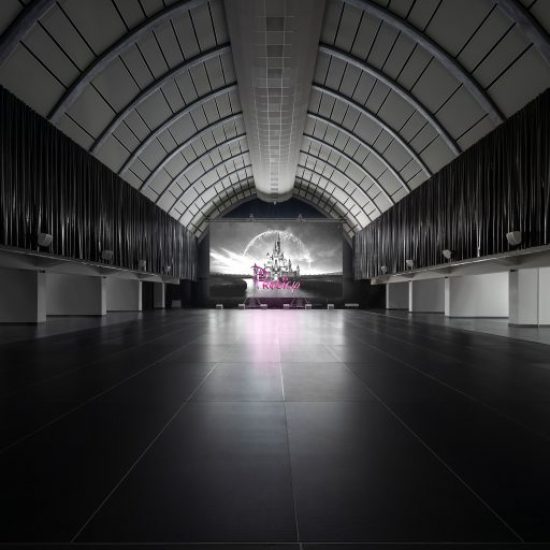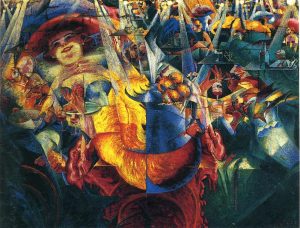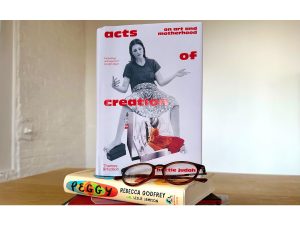“PRODIGY” is the first institutional solo-exhibition by Swiss artist Julian-Jakob Kneer, perpetuating the story of his ambivalent double persona through a one-hour film shot on his iPhone. Covered in a silicone mask imitating his face, he continuously films himself confined to a New York Financial District hotel room for three days. In a setting that deteriorates as it self- destructs, he records himself in unstable psychological states nurtured by extreme sleep deprivation. In the tradition of the Kammerspiel-style, Kneer offers a portrait torn between neurotic narcissism and detestation. With its raw style and strict respect for unity of location, it recalls the universe of Dogme 95 films, but under the catatonic influence of Taylor Swift, Vatican Shadow, and The Caretaker . . . In this bipolar portrait, he alternates close-up shots of the erratic behavior of a fallen star halfway between Voldemort, Jonathan Caouette, Alain Cavalier, and Lil Peep. Equivocal intertitles violate the fragmented, confessional narrative of this mimetic being. In voice-over, a series of monologues borrowed from living and deceased artists accompany this liturgy. To this polyphony of synthesized voices which are reconstituted using deep-fake software, mash-up tracks of pop, emo, metal and industrial music are added—mirroring the stormy emotions of his doppelganger. His mask acts as an object for distancing himself from his opinions, feelings and positions. These are amplified, distorted, satirized and martyrized by the mask behind which they hide. This dermal layer, this ultra-soft piece of silicone flesh, functions like a booster, a steroid or a disinhibitor. Perhaps he knows that masks are perishable, and that while they initially shine in the spotlight, they are ultimately destined to rot.
The cinema-like atrium of the Kunsthalle is encircled by two corridors. The left wing is punctuated by five wall works, reminiscent of Kneer’s BASTARDS series, featuring portraits of his doppelganger, taken by Harcourt, the famous Parisian photo-studio of the stars and aristocracy. They are printed on mirrors and include all the information from the exhibition in a style inspired by the visual codes of blockbuster posters. But the composition is violently disturbed by the superimposition of some of the film’s flashy slogans: BIG DICK ENERGY, MORAL MANIA, P.C. CLOUT, BRO CULTURE, PRODIGY. While the shattered mirrors in the movie are evidence of the character’s tipping over into madness, here our veiny-headed Alice in Wonderland has already crossed over into the rabbit hole. The right wing at first sight seems completely empty. Only a realistic figure emerges, dressed identically to the artist: studded, dark and chic. With this costumed figure, the artist delves into the concept of a schizoid self, a conflicted state between his ego and superego, but also his propensity for melancholy and humiliation. There’s always a fine line between self-definition and self-destruction. In a state of advanced solitude but always exposed to others, between abandonment and exhibitionism, a state of private expenditure and public exultation, he is at once his own star and his own fan, a grandiose subject and a thing gangrenous with feelings of impotence. Suicide and Entertainment in the Art Industry.
In “PRODIGY” Kneer is his own narrator, his persona, and our scapegoat. In discourses mixing different temporalities, he addresses inner selves, beliefs and emotions. To borrow from CG Jung, he creates an alter-ego to organize his own horcruxes and his relationship of individuality with the rest of society, blending in to escape social opprobrium. Norms, anti- norms, anomie—he could be an asshole and that’s ok. This persona is represented by a silicone mask, a monstrous, inert mimesis of its flesh face. This transitional double at rest, usually meticulously packed in its box and in a state of slumber, sleeping, then coming back to life, awakens when worn by its creature, this thing, these faceless eyes. It’s a Caesar without Caligari, moved only by his own reflection. It becomes an object of incarnation or artificial carnation, a guide, an egotistical object of subtraction. As Anna Nicole Smith wrote in her 1992 diary: “I finally feel like I’m becoming somebody. I really think like I can do something. I just know I’m going to be an actress. I want it so bad. I know I am going to be great at this.”
Lost between his deepest self and his own impostor, Julian-Jakob Kneer de-sanctifies himself as he sublimates himself. In a self-destructive marathon, his compulsive gambling personality reappears, accumulating drugs and masturbation with the irresistible impossibility of not doing it again, despite the certainty of losing in the end. He has a lucid attraction to the abyss, a horrified euphoria for the fall. For him, there’s an analogy between destructive spending and onanism, between overcoming and guilt. In addition to the duplicity of the face and the triple split-screen, he adds a third process of false pretense to his video, using prosopopoeic voices to make various celebrities speak through his role. These include the voices of Lana Del Rey, Nico, Marilyn Manson, Andy Warhol and Charlotte Rampling. Borrowings from the confessions of activist Andrea Dworkin, Oscar Wilde, YouTube conspiracist HG Tudor, or Fyodor Dostoyevsky and the ones of the artist himself anonymously punctuate the character’s vicissitudes. Like an evil twin, they wonder about pleasure, death, boredom, suffering and the irrational satisfaction of enjoying them. Perhaps he is like that anti-hero character Alexei Ivanovich, debt- ridden and inveterate poker solitaire who rents the Suite of the Great General, empty, left to himself, in the fictional town of Roulettenbourg in Dostoyevsky’s novel The Gambler (1866). His hotel room is a place to forget himself, to indulge his abuses, his doubts, his impulses without truce or rest. The hotel here, like his identity, is an object of disfigurement. The fatigue of being everywhere and nowhere at the same time.
“Acting is the loneliest profession, and death is just the last scene of the last act,” Julian once said. “You can only truly be avant-garde if you do things differently. And you will be hated for it.”
—Pierre-Alexandre Mateos and Charles Teyssou
at Kunsthalle Košice c/o VUNU
until September 9, 2024




